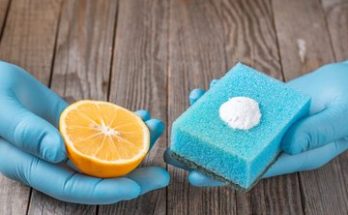Chapter 4 “Acids, Bases, and Salts” introduces students to the fundamental concepts of acids, bases, and salts through interactive activities. Each activity is designed to provide hands-on learning experience and deepen the understanding of these substances’ chemical properties and reactions. Here’s an overview of the main activities covered in the chapter along with the conceptual understanding students should gain from each.
Table of Contents
Activity 4.1- Testing with Litmus Paper
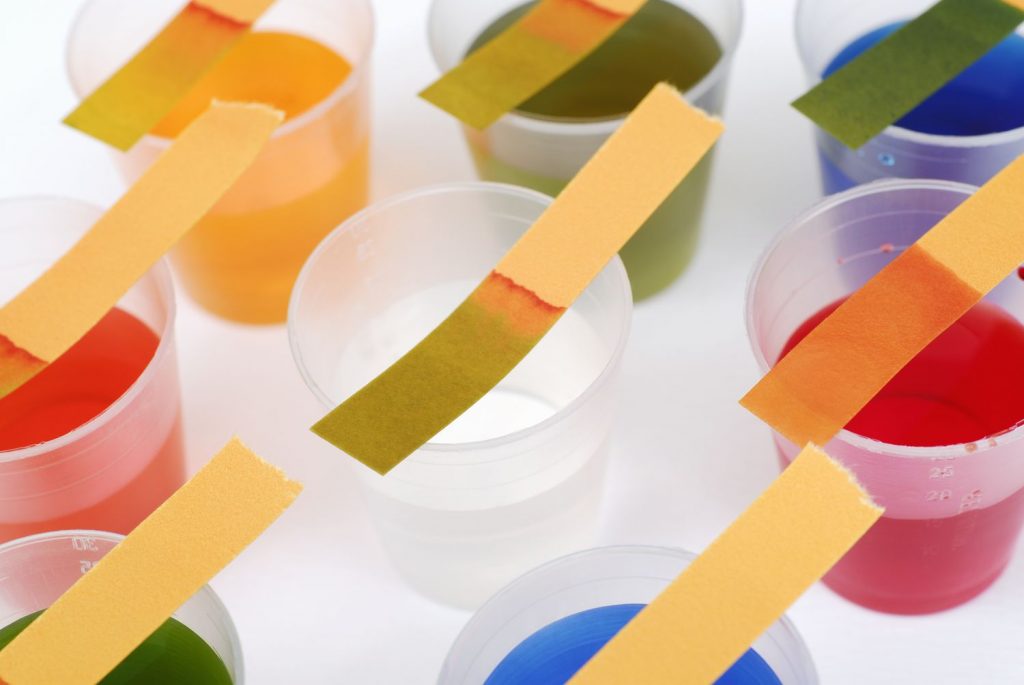
- Description- Students mix water with lemon juice and test the acidity using red and blue litmus paper. The activity extends to testing a variety of substances like tap water, detergent solution, aerated drink, soap solution, and more.
- Conceptual Understanding- This activity introduces the concept of acids and bases using litmus paper as an indicator. Students learn that acids turn blue litmus paper red and bases turn red litmus paper blue, while neutral substances do not affect the litmus paper colour.
Read In Details – Activity 4.1- Testing with Litmus Paper
Activity 4.2- Turmeric as a Natural Indicator
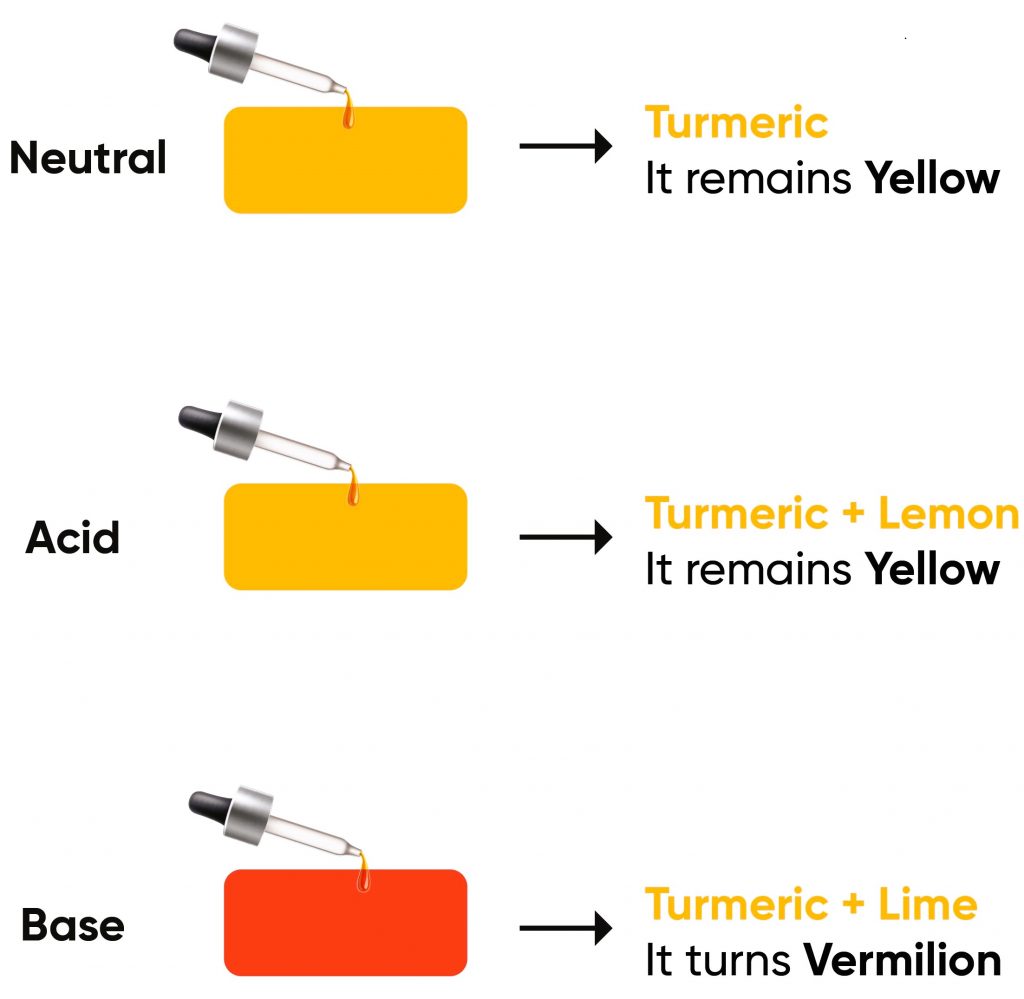
- Description- Students create a turmeric indicator by making a paste of turmeric powder, applying it on paper, and then testing the paper’s colour change with a soap solution.
- Conceptual Understanding- This activity helps students understand that natural substances can act as indicators. They learn that turmeric turns red in the presence of a base and remains unchanged with acids, highlighting the basic nature of substances.
Read In Details- Activity 4.2- Turmeric as a Natural Indicator
Activity 4.3- China Rose as an Indicator
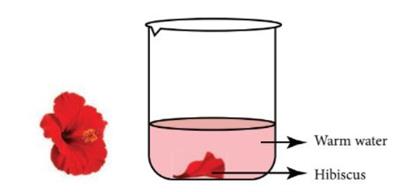
- Description- This activity involves using China rose as an indicator. It includes preparing an indicator from China rose petals and testing various substances to observe colour changes in acidic, basic, and neutral solutions.
- Conceptual Understanding- Students discover that natural indicators like China rose can provide valuable information about a substance’s pH level. They learn to identify acidic solutions by the dark pink or magenta colour and basic solutions by the green colour in the China rose indicator.
Read in Details – Activity 4.3- China Rose as an Indicator
Activity 4.4- Understanding Acid-Base Reactions
- Description- This activity is designed to understand the reaction of various acids and bases using litmus paper, turmeric paper, and China rose solution with substances such as hydrochloric acid, sulphuric acid, nitric acid, and more.
- Conceptual Understanding- Students learn about the diverse reactions of acids and bases with different indicators. They understand how to systematically observe and record colour changes to infer the chemical properties of substances.
Read In Details – Activity 4.4- Understanding Acid-Base Reactions
Activity 4.5- Exploring Neutralisation
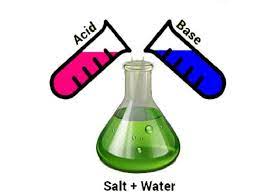
- Description- Focuses on neutralisation, demonstrating the reaction between an acidic solution (dilute hydrochloric acid) and a basic solution (sodium hydroxide solution) using phenolphthalein as an indicator.
- Conceptual Understanding- This activity introduces students to the concept of neutralisation, where acids and bases react to form salt and water, nullifying each other’s effects. The use of phenolphthalein as an indicator helps students understand how to detect the endpoint of a reaction.
Read In Details – Activity 4.5- Exploring Neutralisation
Conclusion
Each of these activities in Chapter 4 of “Acids, Bases, and Salts” is not just an experiment but a step into understanding the fascinating world of chemistry. They serve as building blocks for students to understand the properties and reactions of acids, bases, and salts, laying the foundation for more complex concepts. Through these hands-on activities, students learn to observe, question, and understand the nature of substances around them, an essential skill in scientific inquiry and exploration.
Also Check- Young Explorer’s Guide to Acids and Bases
Also Check – Indicators for Acid and Base- A Guide for Students
Also Chekc – Rapid Revision – Class 7 Science – Chapter 5-Acids, Bases and Salts
Also Check – NCERT Exemplar Solutions- Class 7 Science Chapter – 5- Acids, Bases and Salts
Also Check – Class 7- Chapter 4 – Acids, Bases and Salts – 4 Worksheets Solved and Unsolved
Also Check – NCERT Solutions For Class 7 Science Chapter 5 – Acids, Bases and Salts
Class 7 science -Chapter 5-Acids, Bases and Salts – Definition and Explanation of Important Keywords
Also Check -Class 7 science -Chapter 5-Acids, Bases and Salts- Complete Notes
